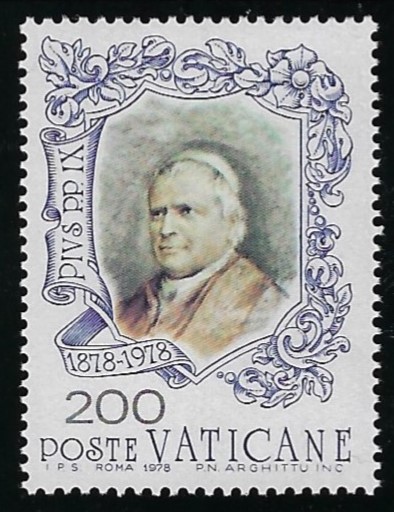
Home
We return to the Basilica of St Mary Major today, Easter Sunday - the Resurrection of Our Lord. Our initial visit occurred on Wednesday of the First Week of Lent followed by a second visit on Wednesday of Holy Week. This is our final visit to this basilica during this year's Lenten Calendar. 
 The Sistine Chapel (The Blessed Sacrament Chapel) - Pope Sixtus V (1585-1590) commissioned Domenico Fontana to construct a chapel which could house the Nativity Scene. This chapel should not be confused with the Sistine Chapel located in the Apostolic Palace. When Pope Sixtus V wished to erect the large chapel to the right of the high altar, he ordered the transfer of the ancient fifth century “Cave of the Nativity” with its surviving element of Arnolfo di Cambio’s Nativity Scene sculpture of the 13th century (considered to be the oldest sculptural nativity in the world.) They were placed in the crypt of the Sistine Chapel along with the relics of the Crib of Jesus and the relics of St. Jerome. Pope Pius IX in the late nineteenth century then moved the relics of the Crib to the crypt under the papal altar. Decorated with marble panels, statues and stuccoes, the chapel also houses the lavish tombs of Pope Sixtus V and Pope Pius V.  Arnolfo di Cambio’s Nativity Scene Sculpture of the 13th century 'The Sistine Chapel' on Vatican.va All Photographs are from Commons.WikiMedia.org 


 


Popes & Basilicas - Pope Sixtus V 164 (1953) Pope Sixtus V - 5th Century of Birth 1771 (2021) St. Pius V 5th Centenary of Birth 1258 (2004) Proclamation of the Dogma of the Immaculate Conception - Pope Pius IX 178 (1954) St Peter's Circle Centenary - Pope Pius IX 476 (1969) Pope Pius IX Century of Death 634 (1978) Jubilee Popes 1750-2000 - Pope Pius IX 1144 (2000) The Pauline Chapel, which was designed by Flaminio Ponzio (1560-1618) and built between1606 and 1612, was consecrated in January 1613. The side walls are taken up with monuments to Pope Clement VIII and Pope Paul V. Pauline Bonaparte, Napoleon’s sister, is also buried here.  Byzantine Icon of the Madonna and Christ Child Better Known as ‘Salus Populi Romani’ 'The Borghese Chapel' on Vatican.va All Photographs are from Commons.WikiMedia.org 




Popes & Basilicas - Pope Paul V 165 (1953) Vatican Secret Archive, 400th Anniversary - Pope Paul V 1506c (2012) Vatican Art New York - Vestment of Pope Clement VIII 718f (1983) Jubilee Popes 1550-1725 - Pope Clement VIII 1097 (1999) Pauline Bonaparte - Napoleon’s Sister |